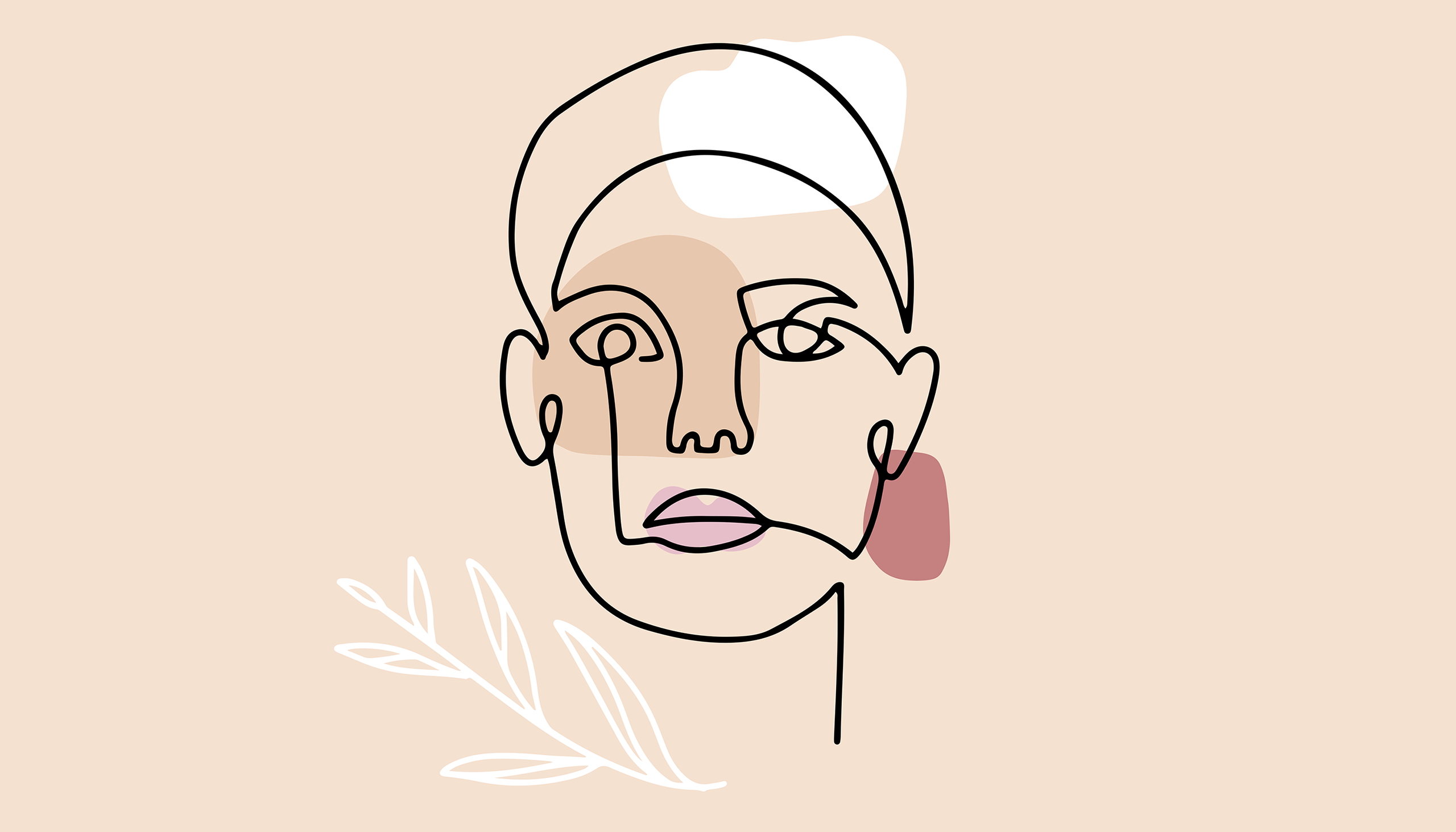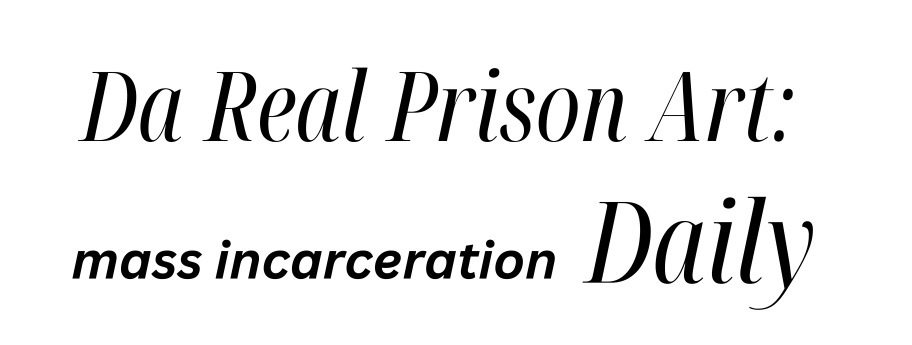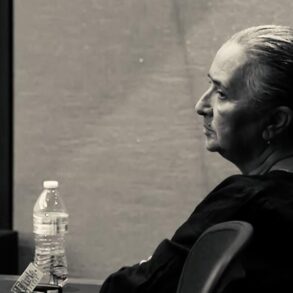
In Joyner’s lab, they’ve been looking at the ways in which racial dynamics in the U.S., and individual racial experiences, can creep into the measurement of things. Take the “stop-and-frisk,” program in New York City. Between the early 2000s and 2013, the NYPD recorded more than 5 million stops and frisks, of which more than half involved Black Americans.
“Black people did not have a higher rate of having cannabis or other illegal substances or something on them than white people,” he says. “But the number of Black people who were stopped and frisked was disproportionate to their size of the population.
“So now if you go by the legal involvement numbers, you have this huge proportion of Black men, in particular, who are being caught for drug use, let’s say, but they don’t actually have any higher drug use than their white counterparts.”
The same logic applies to the psychopathy checklist, Joyner says, because it doesn’t take into account the wide range of environmental factors that can determine if a person’s crime is detected or not.
“If you are of a majority advantaged group, your crimes are less likely to be detected. Therefore, your psychopathy score would immediately be lowered by virtue of not being caught,” he says.
Joyner acknowledges that many in the scientific community don’t believe that psychopathy should be diagnosed, and that we instead need to focus on its societal harms. But he argues that, with more knowledge, we have a better chance at alleviating the damaging effects of the disorder before they become a costly problem to begin with.
“I think that it goes toward having a functional and positive society, that we generally want people to be prosocial, to work together,” he says. “Our collaboration is the substance of what makes humans so wonderful as a species.”
This article was adapted from a Berkeley Voices podcast episode. Listen to the original episode here.
This post was originally published on this site be sure to check out more of their content.







